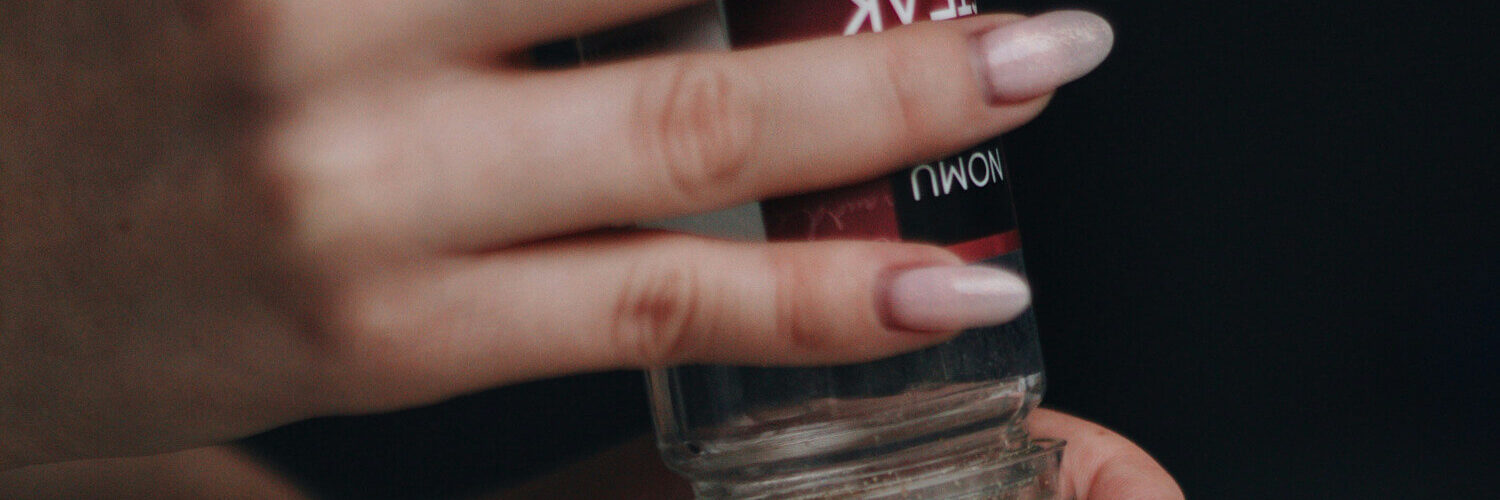Ever stood in the pharmacy aisle, overwhelmed by the plethora of over-the-counter treatments for nail fungus? With so many options, it’s crucial to understand what works best and how to use these treatments effectively.
Now, let’s delve into the world of over-the-counter treatments for nail fungus and discover what you need to know to make an informed choice.
Understanding Over-the-Counter Treatments
Over-the-counter (OTC) treatments are accessible and often the first line of defense against mild to moderate nail fungus infections. These treatments typically come in creams, ointments, gels, and lacquers that you apply directly to the affected nails.1
Top Over-the-Counter Treatments
Antifungal Creams and Ointments
- Examples: Clotrimazole, Miconazole2
- How They Work: These creams contain antifungal agents that penetrate the nail and surrounding skin, targeting the fungal cells.3
- Effectiveness: Best for early-stage infections and must be used consistently for several weeks.4
Antifungal Nail Lacquers
- Examples: Ciclopirox (Penlac), Amorolfine5
- How They Work: These lacquers form a film over the nail, delivering antifungal medication directly to the infected area.6
- Effectiveness: Suitable for mild to moderate infections, with visible improvements typically seen after a few months of use.2
Antifungal Gels
- Examples: Terbinafine (Lamisil), Tolnaftate7
- How They Work: Gels are easy to apply and can penetrate the nail to reach the fungus.2
- Effectiveness: Effective for superficial infections but may require prolonged use for deeper infections.4
Antifungal Sprays
- Examples: Undecylenic Acid, Tea Tree Oil-based sprays2
- How They Work: Sprays offer a convenient way to cover a large area, especially for toenails.2
- Effectiveness: Useful for prevention and mild infections, but not as potent as other forms.2
Choosing the Right Treatment
When selecting an OTC treatment, consider the severity of your infection, your lifestyle, and your consistency in applying the treatment. Mild infections often respond well to creams and lacquers, while more stubborn cases might require a combination of treatments.8
Tips for Using OTC Treatments Effectively
Follow Instructions Carefully: Read and follow the application instructions on the product label for the best results.1
Maintain Good Hygiene: Keep your nails clean and dry, and avoid sharing nail care tools to prevent the infection from spreading.9
Be Patient and Consistent: Treating nail fungus takes time. Consistency is key to achieving the best outcome, so apply the treatment regularly as directed.1
Monitor Progress: Watch your nails for signs of improvement or worsening. If the infection persists, consult a healthcare professional.8
Conquering Nail Fungus with OTC Treatments
Over-the-counter treatments for nail fungus offer a convenient and accessible solution for managing mild to moderate infections. You can effectively combat nail fungus by choosing the right product and using it consistently. Please check out our personal care section to combat nail fungus effectively.
Photo by Daria Strategy
Additional Resources
- https://www.mayoclinic.org/diseases-conditions/nail-fungus/diagnosis-treatment/drc-20353300[↩][↩][↩]
- https://www.webmd.com/skin-problems-and-treatments/otc-home-remedies-foot-fungus[↩][↩][↩][↩][↩][↩]
- https://www.ncbi.nlm.nih.gov/books/NBK560643/[↩]
- https://www.goodrx.com/conditions/fungal-infection/what-really-works-for-nail-fungus[↩][↩]
- https://www.ncbi.nlm.nih.gov/books/NBK279546/[↩]
- https://www.researchgate.net/figure/Mechanism-of-drug-penetration-via-nail-lacquers_fig2_299513100[↩]
- https://www.nhs.uk/conditions/antifungal-medicines/[↩]
- https://www.ncbi.nlm.nih.gov/books/NBK441853/[↩][↩]
- https://www.cdc.gov/hygiene/about/nail-hygiene.html[↩]




